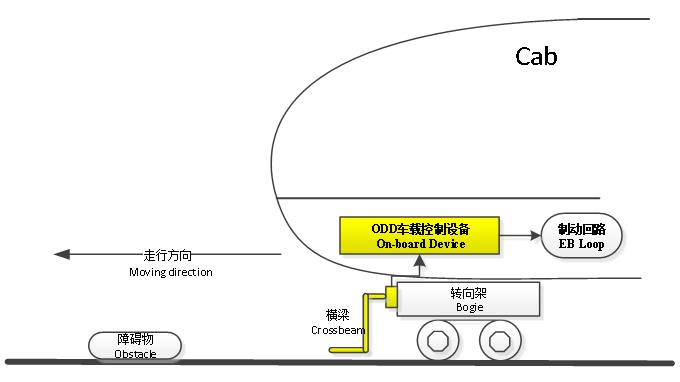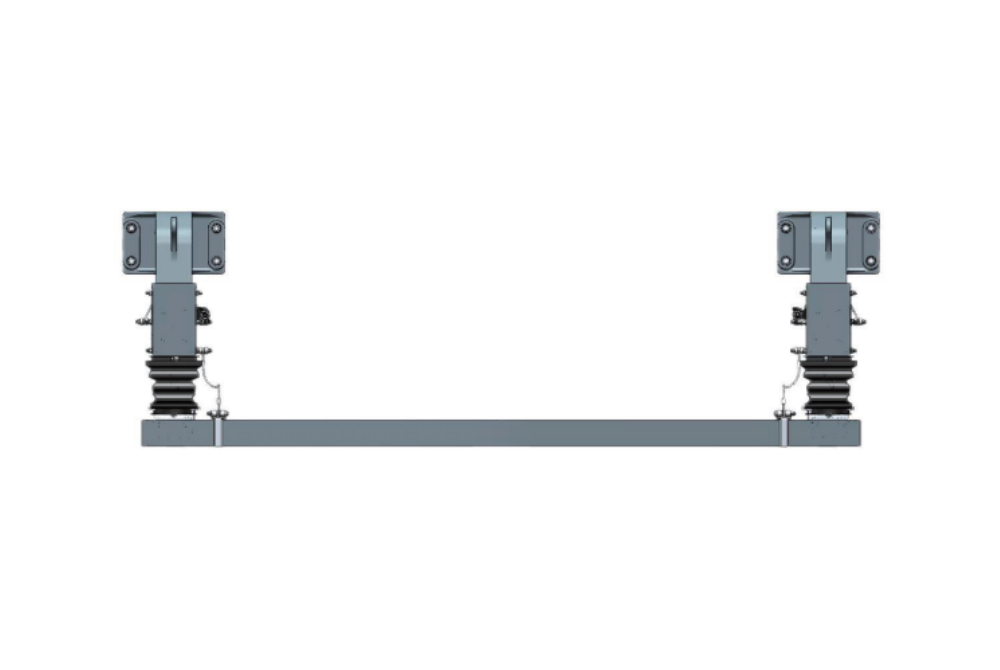System Introduction
1. The passive obstacle detection system is one of the auxiliary devices for the safe operation of subway trains. It includes mechanical and electrical parts. When the track surface obstacle hits the train, it can trigger the train emergency braking and quickly upload it to the control center OCC.
2. The mechanical part of the system is installed on the front of the train at both ends and fixed on the bogie. During the operation of the train, if the detection beam collides with the obstacle on the train's moving line, the collision kinetic energy of the detection beam will be converted into the elastic potential energy of the detection device. According to the parameters designed by the detection device, the elastic potential energy reaches a range, which will trigger the sensor to generate an obstacle collision signal.
3. The electrical part of the system complies with the functional safety design principle, has high reliability and safety, has a log recording function during operation, and can send system fault information to TCMS.
4. This system can share the on-board host, display and TCMS interface with our company's active obstacle detection system, reduce the number of installed parts, and further improve the reliability of the system.

System Features
The passive obstacle detection system can trigger emergency braking of the train when a track obstacle hits the train, and quickly upload the information to the control center OCC.
System Features
1. The system has mature technology for detecting the crossbeam assembly and high reliability.
2. This system is an independent safety system and does not receive information from the signal control system.
3. The control host of this system can be shared with the host of our active obstacle detection system, which simplifies the number of devices, improves the reliability of the vehicle, and reduces the space occupied by the vehicle.
4. The function covers the obstacle detection and alarm function.
5. The system control host has a redundant design, high reliability and high security.
6. It has a complete self-diagnosis function and can exit the use of faults.
7. It has a complete log record and the scene can be traced.
8. It has a complete TRDP communication and TCMS unified management.


